Rats and mice clearly don’t get the cute and cuddly points that most other animals get. Check out this video that accompanies this Wall Street Journal article published last weekend about improving conditions for research rodents.
I interviewed Amber Alliger last year for an article I wrote for Science Careers about the challenges and moral ambiguity of doing animal research. She’s just a great story about personal drive and a lot of hard work.
Amber straddles an incredibly difficult line. She does research with rodents, and her work is designed to find laboratory conditions that both provide more consistent results from experiments with animals and improve the quality of life for the animals. But she also goes one (huge) step further: she tries to find her research animals homes as pets once she’s finished her work. Although she has euthanized some animals, she works incredibly hard to adopt as many of them out as she can.
It’s a huge sacrifice– the time and effort to care for the animals, to advertise and facilitate adoptions– to remain true to her principles both inside and outside the laboratory.

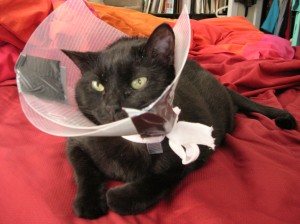
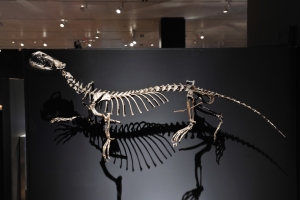


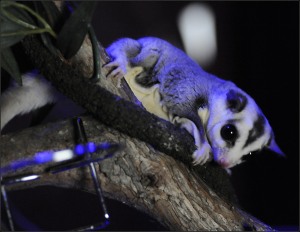
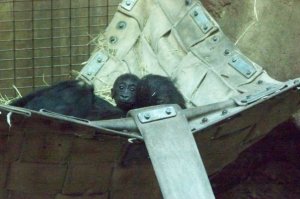

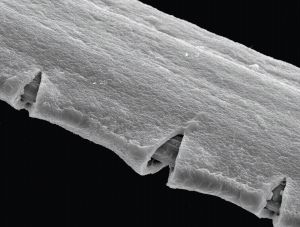
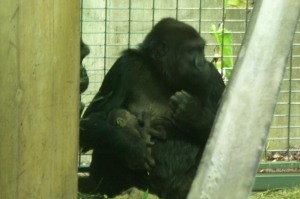
 Subscribe to RSS Feed
Subscribe to RSS Feed
